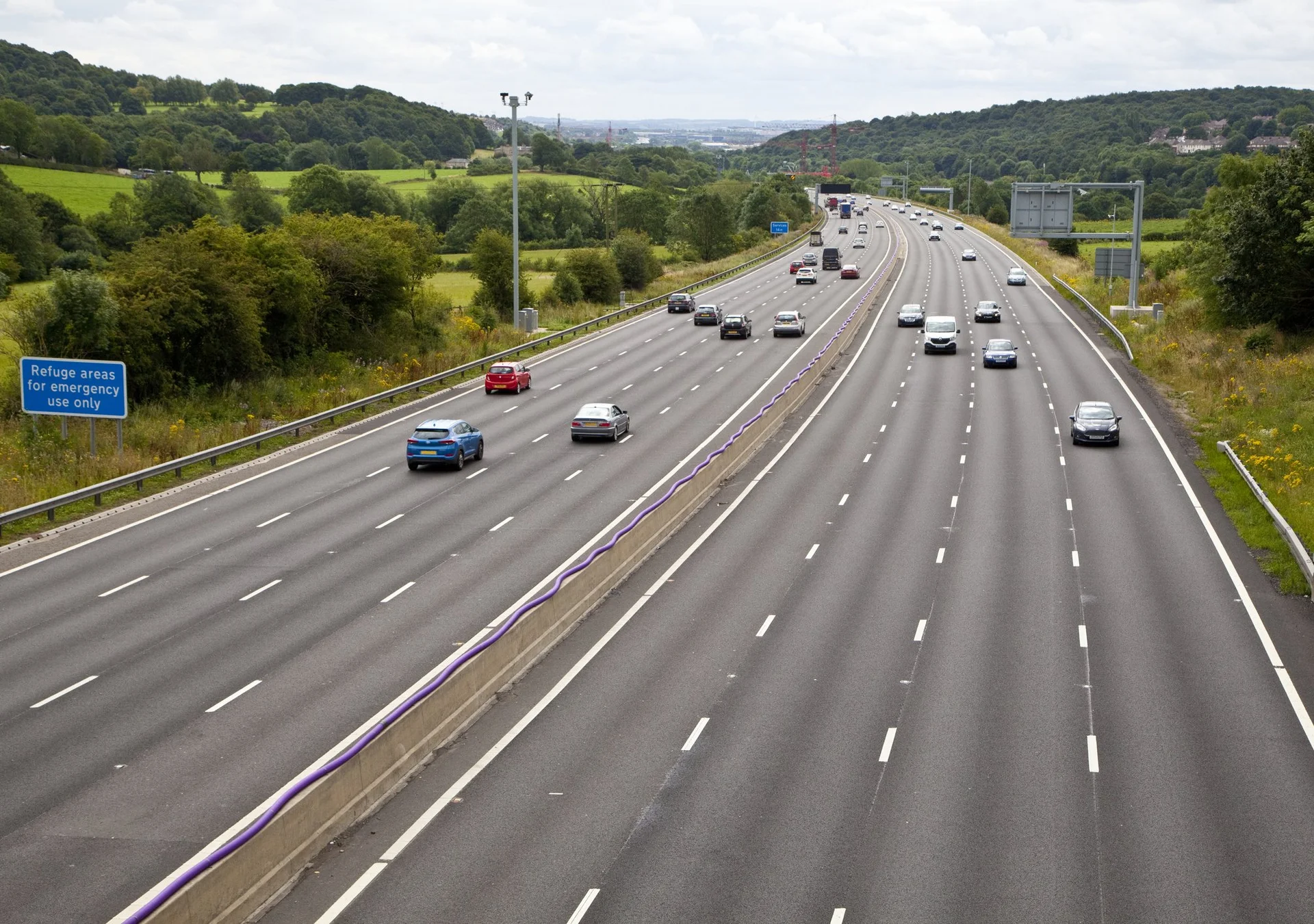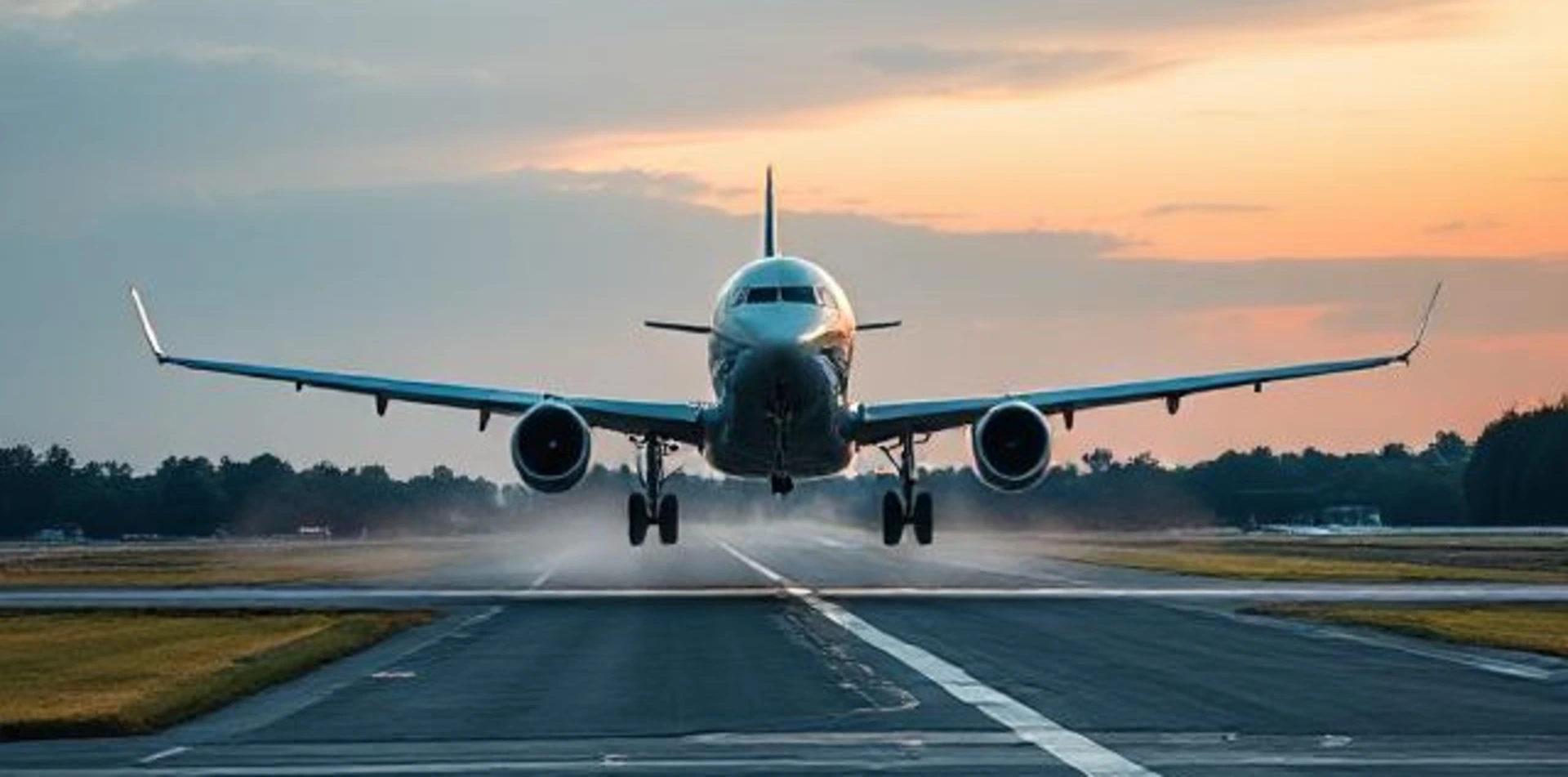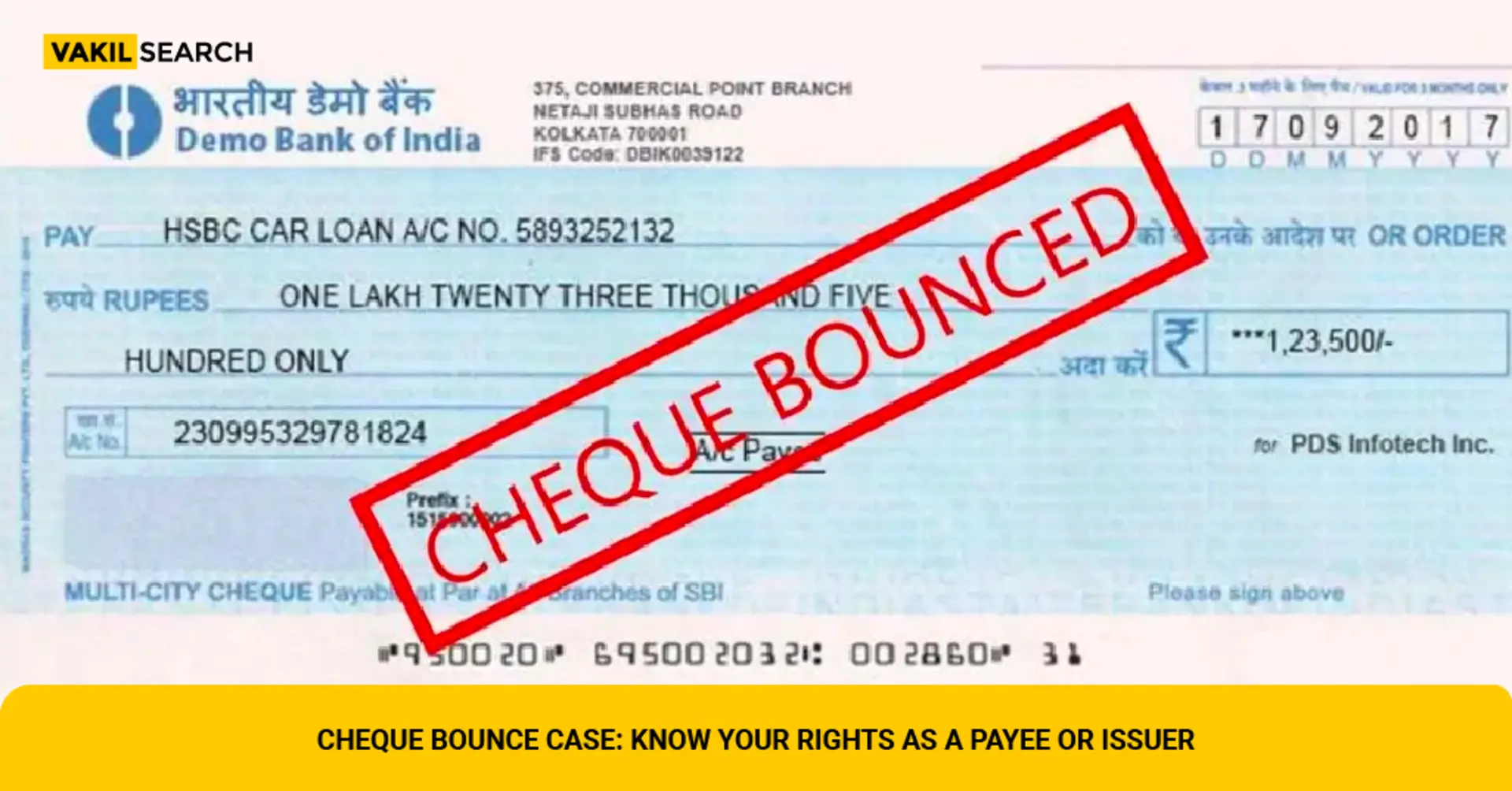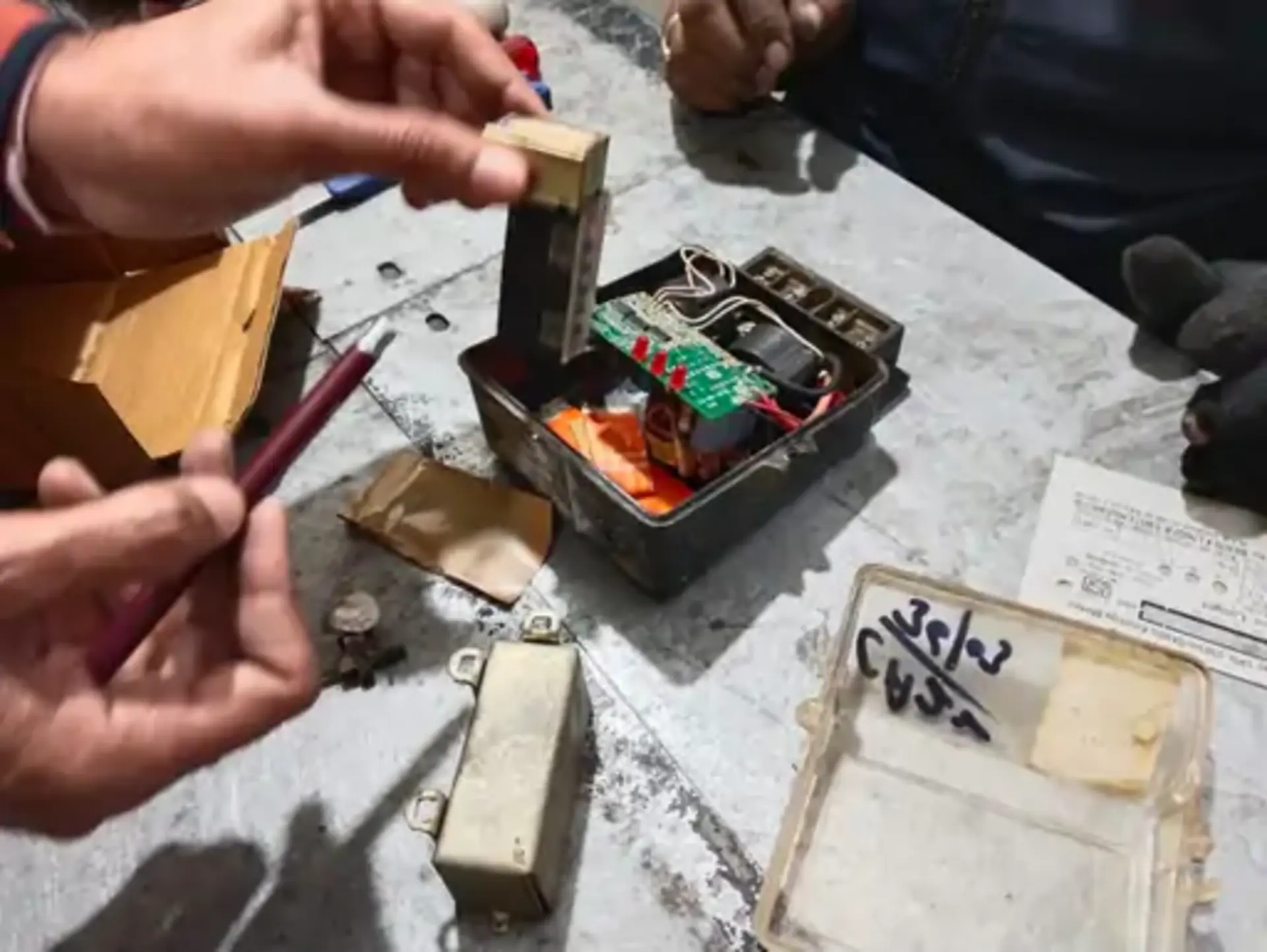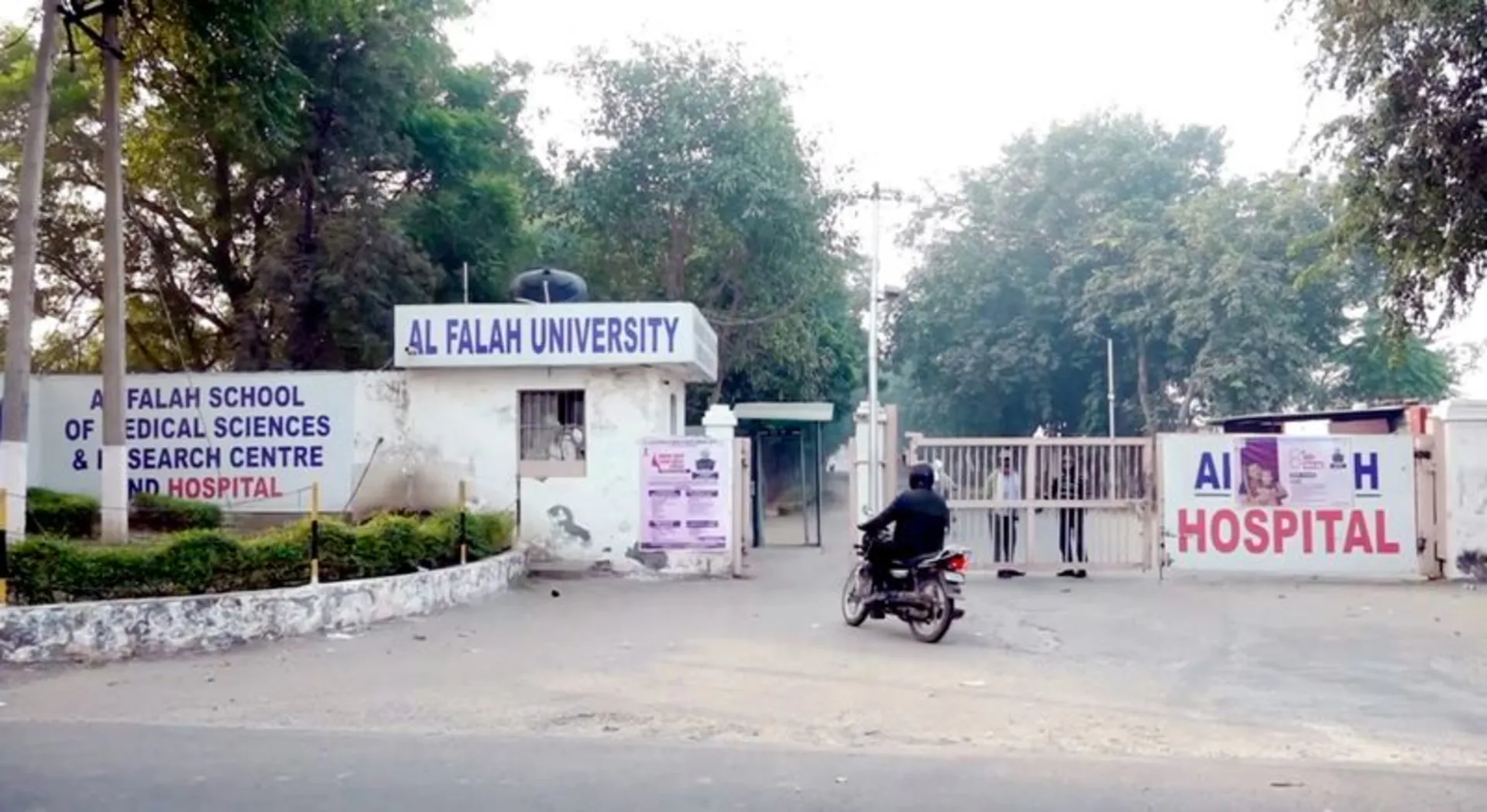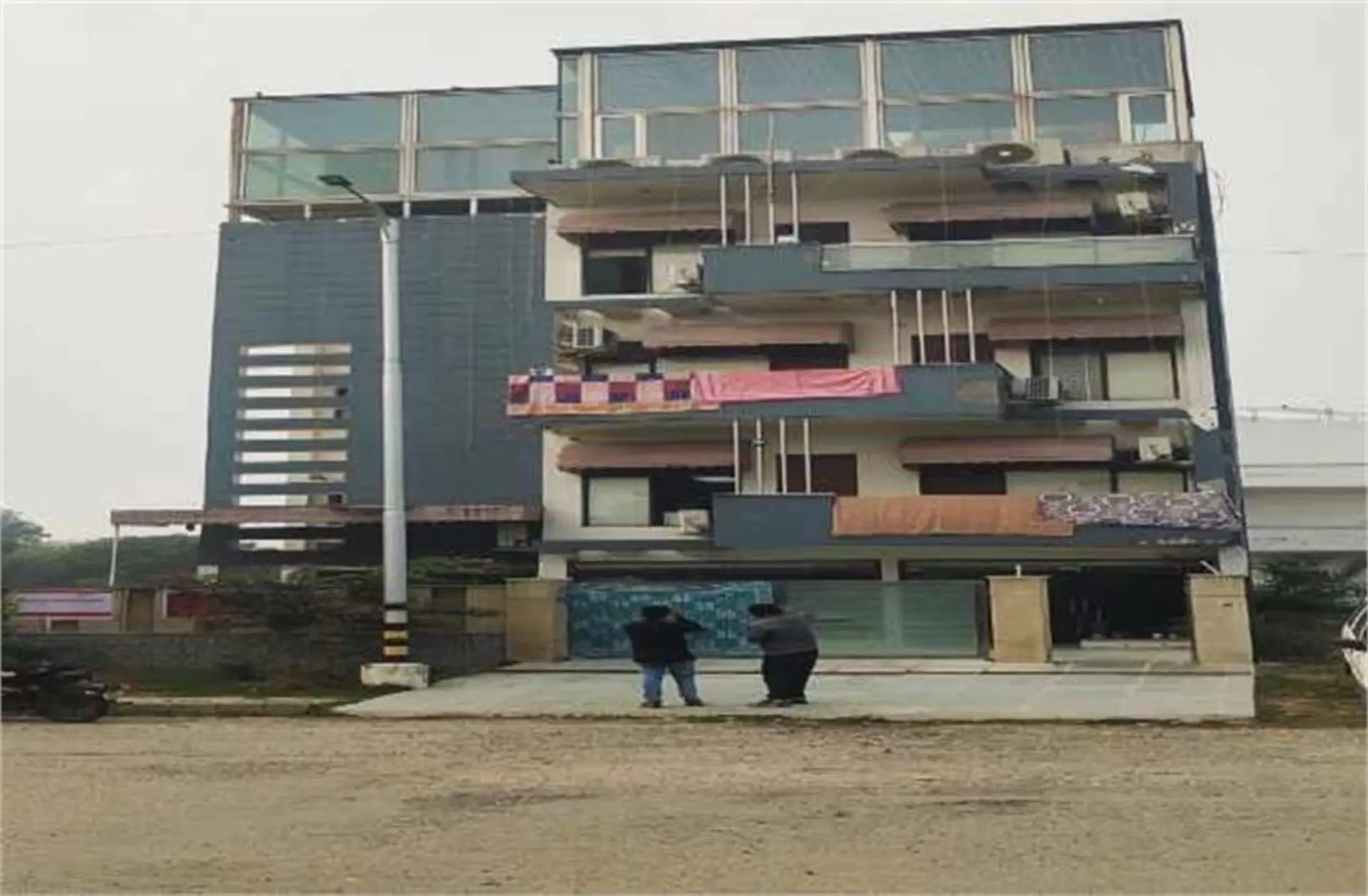
President Droupadi Murmu made a historic 40-minute sorties flight in a Rafale fighter aircraft from Ambala Air Force Station on Wednesday, which is the first-ever presidential visit to this oldest Indian air base. The flight, flying with the call sign "Golden Arrow One," is a momentous occasion that shows the country's faith in its air defense mechanisms.
Historic First at Ambala
Air Chief Marshal AP Singh, the Chief of the Air Staff, flew with the President in a specially designated separate Rafale with call sign "Golden Arrow Two." Both were two-seater training versions of the aircraft from No. 17 Squadron, popularly known as the Golden Arrows, which had been the first unit to induct French-manufactured Rafales in September 2020.
The President, as Supreme Commander of the Armed Forces, had traveled from New Delhi in the morning and was given a ceremonial guard of honor. Family members were present with her on this important visit, which highlights the symbolic significance of such visits.
Significance of Presidential Flights
When India's senior-most constitutional leaders fly fighter jets, it is a multi-pronged strategic signal. These sorties establish respect and trust in military capabilities, generating the morale of service personnel with the assurance that national leadership believes in them. The act conveys faith in the strength of equipment as well as the men who fly them.
Flying foreign-made planes such as the Rafale also represents strategic alliances. India bought these sophisticated fighters from France, and the use of them for presidential flights emphasizes the extent of Indo-French defense relations and trust in combined military prowess.
Presidential Aviation History
President Murmu earlier flew a Su-30 fighter from Tezpur Air Force Station in Assam in April 2023 and spent about 30 minutes over the Brahmaputra and Tezpur valley. Her first experience in combat aviation at the presidential level was that time.
She is the third President and second woman President to soar in an IAF combat aircraft. Presidential combat flights were pioneered by Dr. APJ Abdul Kalam, who flew in a Su-30 from Pune in June 2006. President Pratibha Patil replicated it in November 2009 in a Su-30 from Pune, becoming the first woman president to make such a flight.
Political Leaders in Combat Jets
Prime Minister Narendra Modi created history in November 2023 when he flew on an indigenously built Tejas fighter from Bengaluru, becoming the first Indian Prime Minister to fly on a fighter jet. The flight underlined the government's faith in home-grown defense manufacturing abilities.
A few defense ministers have made such sorties. In 2003, Defense Minister George Fernandes took off from Ambala airbase in a two-seater MiG-21. That sortie was intended to regain public trust in Soviet-origin aircraft after a string of crashes. The MiG-21s were ultimately retired in September 2025 after 62 years of service, with Fernandes' flight being the second VVIP sortie from Ambala since the President's ongoing flight.
Rafale's Operational Significance
The IAF has two Rafale squadrons now: No. 17 Squadron at Ambala and No. 101 Squadron at Hasimara in the north-east. The Air Force is also in the process of acquiring more Rafale aircraft to further boost combat capabilities.
These advanced jets proved their operational worth in Operation Sindoor, India's retaliation for the April 22 Pahalgam terror attack. Rafales and other platforms conducted precision strikes on Pakistani targets, proving the combat worth of the aircraft.
A commemorative corner in the museum at Ambala Air Force Station boasts Operation Sindoor, with photographs and broad operational information. This display reminds us of the airbase's ongoing utility for India's defense establishment.
Strategic Message
The Rafale sortie by the President communicates several messages domestically and globally. Domestically, it asserts civilian dominance of military assets with displays of confidence in defense capabilities from the leadership. Globally, it communicates that India is ready with advanced air defense and is capable of integrating modern foreign hardware into Indian warfare without hitches.
The selection of Ambala as the location, being strategically placed and with operating history, increases the significance of this flight.




